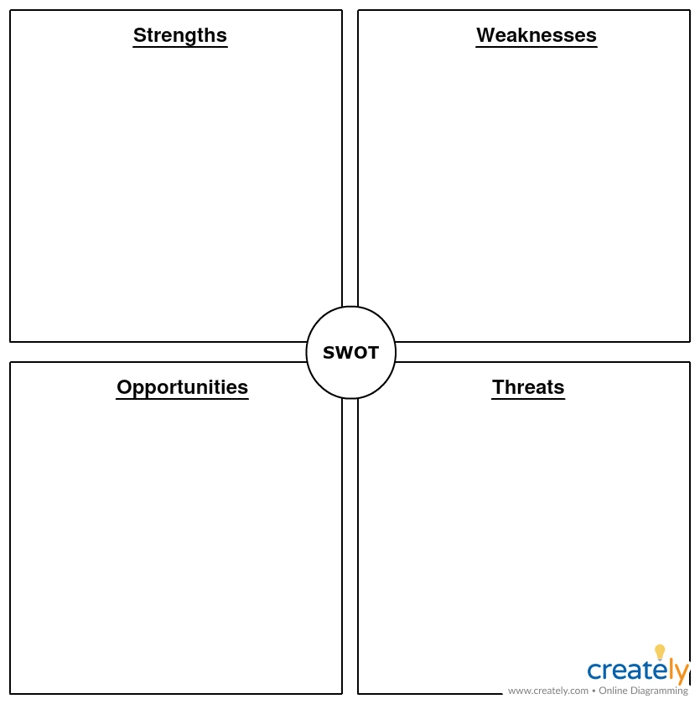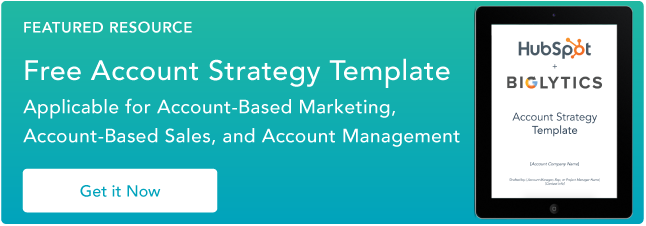What is sales territory mapping?
Sales territory mapping is the process of understanding and defining the sales, physical space, or amount of revenue that your sales team members are responsible for handling.
Historically this has been done via a spreadsheet or Google maps. Currently, more than 83% of organizations still use spreadsheets for this kind of mapping. But, who has the time for that? Spreadsheets are inefficient, prone to human error, and difficult to navigate. Now, sales territory mapping software makes the process even more comfortable and straightforward for sales teams.
This type of mapping also adds enormous benefits for your sales team. It:
- Allows you to measure performance and empower people to make their own reports and understand their performance data.
- Helps balance workloads and give your team higher earning potential, and boosted morale.
- Improves data visualization and enables you to gain insights that you might not be able to see in a spreadsheet.
- Saves time by keeping all of your information right at your fingertips and assisting with the automation of small or menial tasks.
- Prevents deals from falling through the cracks by creating ownership across the team.
Things to consider before implementing sales territory mapping software
When you start to think about how to create a sales territory map, there are a few different things that are important to conceptualize first:
- Think about your team and your company's long-term goals. How will you represent these better when using sales territory mapping software versus an old school spreadsheet or Google docs?
- Take time to think about how you can benefit both the company and the customer. Your strategy should be a balance of both.
- What tools fit your needs? What features are essential for you to have, and which ones could you live without? Are you going to be doing remote sales territory mapping or physical?
Wrapping your head around these things will make your implementation of your sales territory map that much easier.
How to Create a Sales Territory Map
There are four critical steps to creating a sales territory map, and most of them require a lot of introspection.
First, define your objectives. What are you trying to accomplish, and which goals do you want to measure?
Second, understand your customer personas. Who are the people that are buying from you or are interested in your product? Knowing as much as you can about customer demographics will help you make the most promising matches when deciding on territories.
Third, dig into your team's strengths and weaknesses. The easiest way to do this is with a SWOT analysis: strengths, weaknesses, opportunities, and threats. Here's a handy template that you can use:

Each of these segments can be broken down as:
- Strengths: where your team shows its excellence.
- Weaknesses: where your areas of potential growth are.
- Opportunities: current trends that you could take advantage of, or new doors your strengths might open up.
- Threats: competitors or under-developed areas of your product that make it difficult to sell.
A more holistic understanding of your team’s capabilities will let you understand your growth areas or what strengths you should lean into when creating your sales territory map.
The last step of the process is mapping out your sales representatives and their respective territories. While traditionally sales territory mapping has consisted of outlining actual physical boundaries for the sales rep to manage (such as zip code or city boundaries), as we move into the world of remote work, these territories can also be divided by:
- Demographics, such as age, salary band, potential contract cost
- Decision-maker types, such as marketing, product, or sales
- Industry, such as education, manufacturing, or accounting
- Experience of the salesperson
- A hybrid approach of two (or more) of the above, including location
For example, if your sales team does a lot of travel for their job, using something more location-based could be useful. If your team is remote, an approach that marries industry and experience may be your best bet.
Common Mistakes
As excellent as sales territory mapping software can be, there are also some common pitfalls that teams fall into when getting started.
The first and most impactful is using the wrong tool or assignment strategy. If you don't understand your potential prospects or what type of salespeople make up your team, you may select a tool that doesn't address your team's critical needs. It's essential to take stock of crucial information and know all of the metrics you're trying to measure and hit before signing a contract with a sales territory mapping tool.
A good way to counterbalance this is to make sure you're asking your team's opinions along each step of the way. Confirm your assumptions and bring them into the conversation about what is most or least significant and helpful for them in software. Given that they are the ones who will be using it most, their opinions and needs should be the most important.
Lastly, once you have signed a contract with a sales territory mapping software, try to present your data meaningfully and impactfully. If you show unimportant metrics or things that your sales team doesn't find valuable, you will have wasted your money for nothing. Luckily, everything is a process, and you should always be updating your strategy as needed. There's always time to make a change!
Move Forward with Sales Territory Mapping Today
It's always exciting to get started on a new project. With all of this information on how to create a sales territory map and the fantastic benefits it provides, we bet you're excited to get going! Get started with our Map My Customers functionality, and you'll be empowering your team and making more sales in no time.
Territory Management
.png?width=112&height=112&name=Image%20Hackathon%20%E2%80%93%20Vertical%20(34).png)

